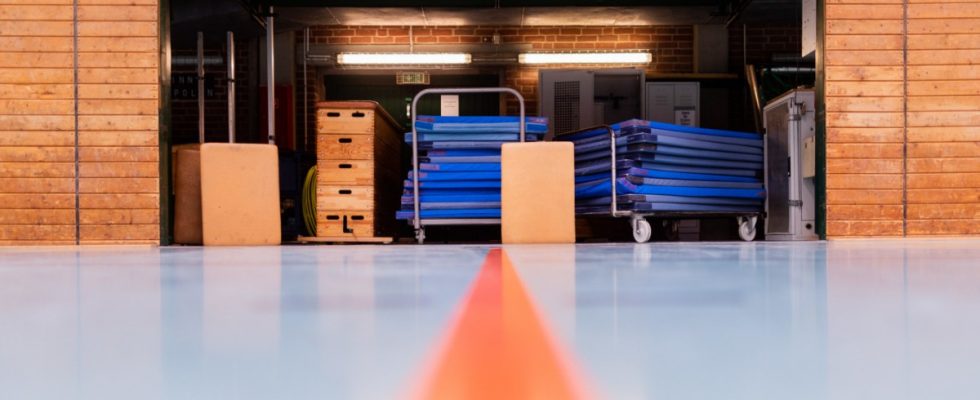Children and young people should exercise in physical education, find a balance, challenge their brains as well as their bodies – but numerous schools in Bavaria cannot use swimming pools and gyms or cannot use them to their full extent. It is particularly bad for swimming lessons, as a survey by the Bavarian Association of Philologists among around 160 of the approximately 420 high schools in the Free State has shown.
But there are also problems with the sports halls, for example because water drips through the roof when it rains. On the other hand, occupancy by refugees is almost non-existent. “Sport is a very important element in class as a balance, but also as a basis for mobility, including intellectual mobility,” emphasized Michael Schwägerl, chairman of the philologists’ association in Munich. “In view of the changed leisure behavior of children, who now spend hours at home in front of electronic devices instead of being out and about like they used to, school can be seen as a balancing function that is becoming increasingly important.” “There are a lot of children and young people who are only encouraged to exercise at school,” emphasized Schwägerl. It is all the more drastic when the opportunities to do so are not available in many places.
With a view to the actually obligatory swimming lessons, 38 percent of the high schools surveyed stated that there was no usable swimming pool within a reasonable distance. In another six percent, the bathroom is closed due to the need for renovation, and in 25 percent it can only be used to a limited extent. Just under a third (31 percent) stated that the swimming pool could be used without restriction for all planned lessons. The result: At secondary schools, it is often only the younger ones who swim, if at all. According to the survey, 78 and 70 percent of students in grammar schools jump into the water in fifth and sixth grade, but in middle school the average is less than 40 percent – although swimming lessons are actually firmly anchored in the curriculum in all grades.
Even with the sports halls, only a third of the grammar schools can use them without restriction, even if almost all schools basically have a hall. However, these are often used differently by the municipalities or districts, for events such as trade fairs and concerts, for example. In total, 42 percent of the schools cannot use their hall for more than five days per school year for a variety of reasons. Then the physical education lessons are canceled or have to take place elsewhere under improvised conditions, explained Lenka Schäfer, who is responsible for the subject of sports in the philologists’ association.
It still looks best with the outdoor sports facilities: They can be used without restriction by a good four fifths (83 percent) of all schools. However, they are not an alternative to gymnasiums, which are ailing, especially when the weather is bad, emphasized Schwägerl. Schools therefore urgently need intact and usable sports facilities so that physical education can be taught at all, said Schäfer. Schwägerl appealed to those responsible for material expenses to keep the sports facilities usable and available – politicians must make the appropriate financial resources available for this.

